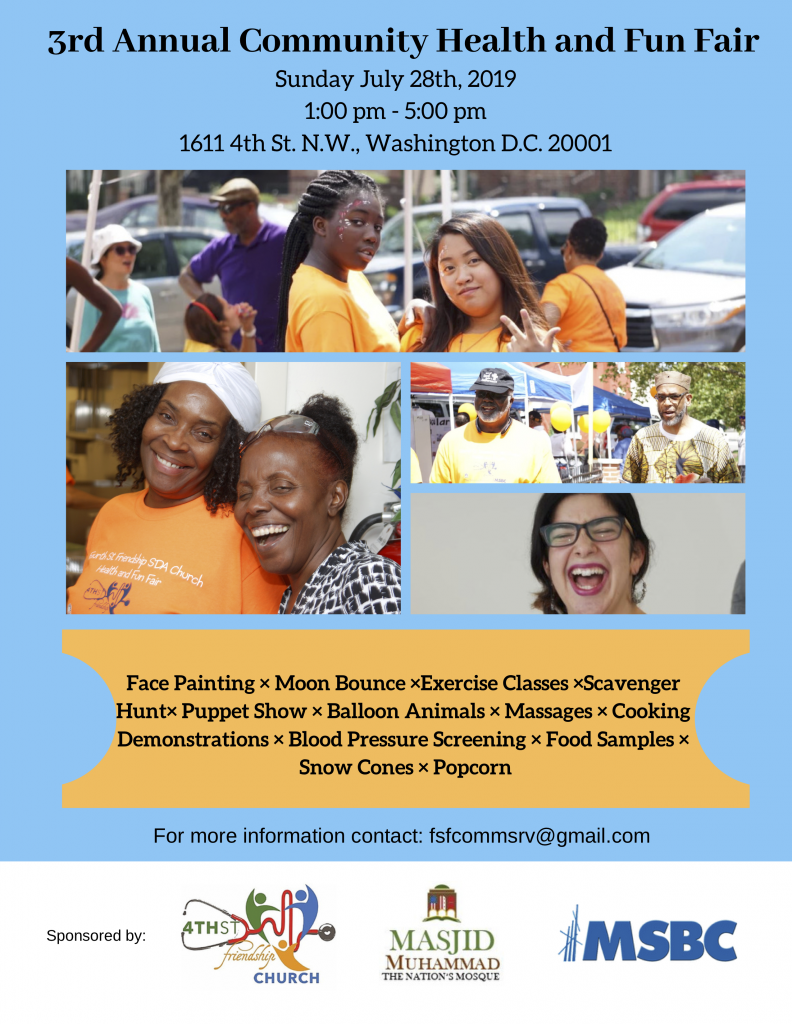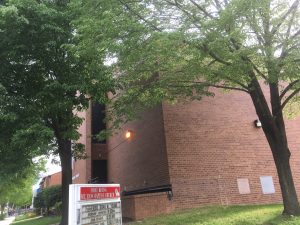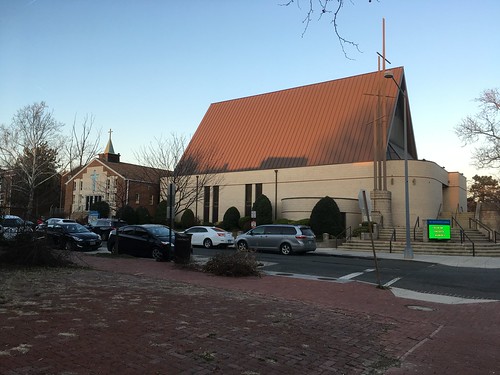 Okay, let’s get back to the boring church surveys….well they can be exciting when you take them in as a whole looking at the changes of the neighborhood. They also chip away at an idea that some churches have been here since the dawn of time. Just as there is this myth that certain people have been in the neighborhood since a vague forever. People move around. We are aware of it, but sometimes we don’t apply this knowledge. Churches, they also move around, let’s take the church at 44 Q Street NW in Truxton Circle.
Okay, let’s get back to the boring church surveys….well they can be exciting when you take them in as a whole looking at the changes of the neighborhood. They also chip away at an idea that some churches have been here since the dawn of time. Just as there is this myth that certain people have been in the neighborhood since a vague forever. People move around. We are aware of it, but sometimes we don’t apply this knowledge. Churches, they also move around, let’s take the church at 44 Q Street NW in Truxton Circle.
According to the survey, this was previously the chapel for St. Agnes, a Roman Catholic church I believe. I think there was a graveyard where Eckington is, that was associated with St. Agnes. At some point in time, maybe 1949, the Catholics moved on and the Baptists moved in.
Corinthian Baptist Church is a church constantly on the move. According to the survey they were founded in 1919 at 4th and New York Ave. From 1920-23 they moved south to 4th and K. Then in 1923 they moved north to 4th and Q, possibly where the Fourth Street Seventh Day Adventists sit, but I’d have to research that further. Then in 1932, they moved a block over to where Mt. Sinai sits at 1615 3rd St NW. I gather they moved to 44 Q St NW in 1949. When the survey was done, they were already thinking about moving to 5th and I St NW, and they did. I found a Facebook page with some great 80s photos of church members at the 502 I Street NW location in Chinatown. Currently, the Chinese Community Church is in that location. As of April 14, 2019, Corinthian Baptist Church (the same one I think, not 100% sure) is in Lanham, MD. I don’t know when Ebenezer Baptist replaced the itchy-footed Corinthian Baptists, but that is the church that currently sits on that spot.
For the time Corinthian Baptist was in Truxton Circle, it drew a number of congregants from the community. They estimated about 33.5% of their members lived in the Northwest Urban Renewal Area (parts later to become the Shaw School Urban Renewal Area), and 66% lived in other parts of the city. I will dare to say this was a middle class, white collar African-American church, as they claimed a large percentage (no numbers given) were government workers. Also, 4-5% of the roughly 800 members were professionals.
CS 1 Corinthian Batpist Church by on Scribd








